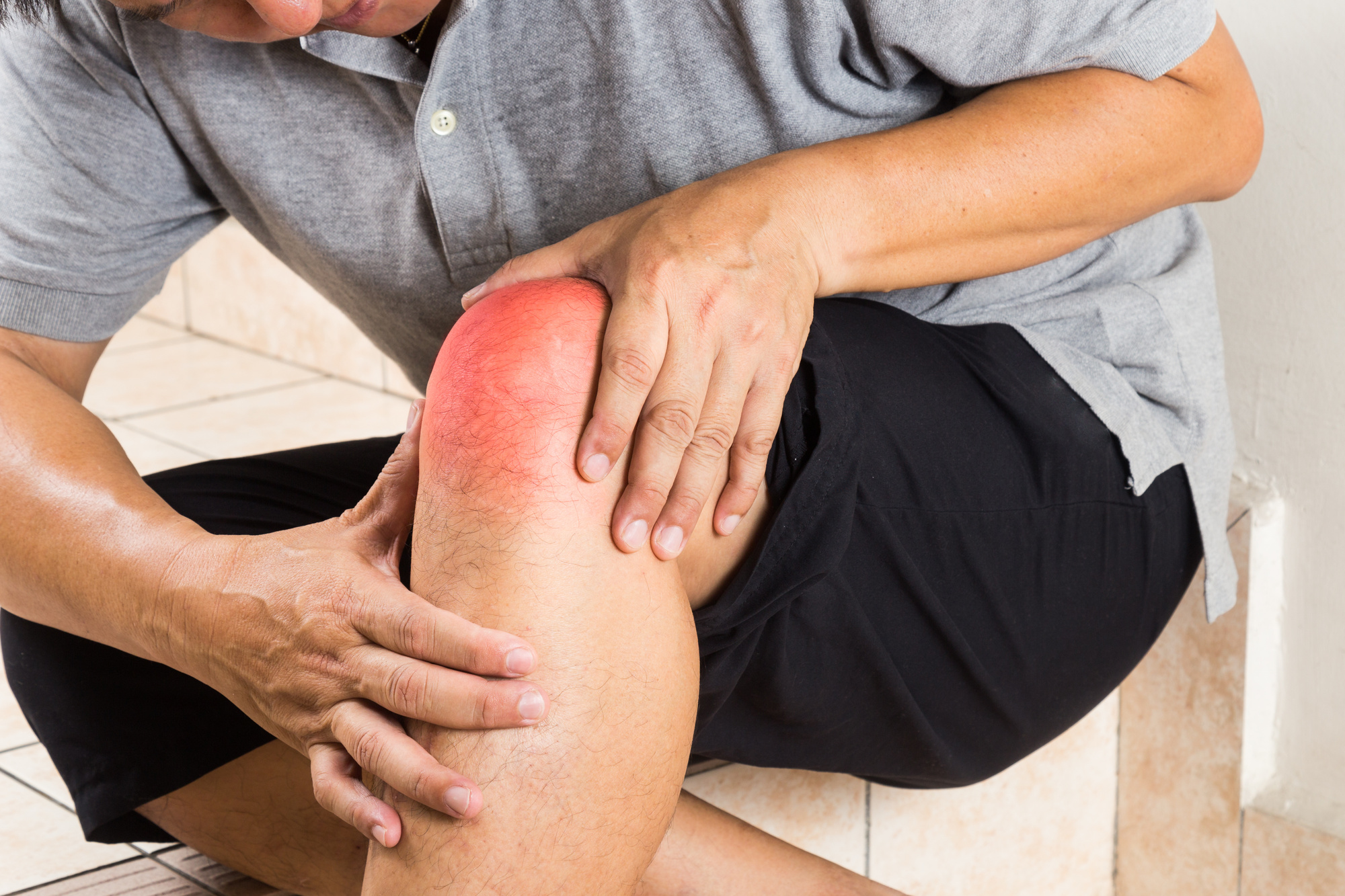-
Call us now
03 9088 8059 -
12 Wellington Parade
East Melbourne VIC 3002 -
Mon - Satday
08:00 to 20:00

Nearly 1 in 11 adults are affected by osteoarthritis in Australia today. Which explains why so many are searching for how to treat osteoarthritis. While there are some western traditions on the matter, a number of patients are finding success through Ayurveda.
If you’re new to the world of Ayurveda, read on for more information on where to start and how this powerful practice can be the answer you’re looking for.
What is Osteoarthritis?
Before looking towards a solution, it’s important to ensure that osteoarthritis is, in fact, what you’re suffering from.
Osteoarthritis is a condition that affects the joints, making them feel stiff. Over time, osteoarthritis can make it difficult to move certain parts of the body.
While osteoarthritis can happen to anyone, it’s most common in those over the age of 60.
Those who work out often and have a high calcium intake are typically less likely to develop osteoarthritis. However, genetics plays a major role in whether or not you’ll experience osteoarthritis in your lifetime.
Symptoms of Osteoarthritis
If you’re still now sure if you or a loved one is suffering from osteoarthritis, then it’s best to be on the lookout for its symptoms.
Symptoms of osteoarthritis may include:
- Significant pain or aching in the joint region
- A stiffness or the feeling of needing to “crack” a joint
- Noticing an enlargement of a bone region
If you or someone you love is experiencing one or more of the symptoms listed above you should consult with your doctor to confirm the diagnosis.
The good news is the condition can be treated. It’s up to you to choose whether or not you go with western or eastern medicinal options. Many patients have found success with a combination of both.
Traditional Western Treatment for Osteoarthritis
When considering your options for osteoarthritis treatment, it’s important to know what you’re getting into.
Unfortunately, western treatment of osteoarthritis often includes treating the symptoms instead of the problem. Osteoarthritis is considered a normal part of aging that’s often unavoidable.
As a result, creams and ointments are recommended to reduce the pain until the joint reaches the point where it needs to be replaced by an artificial joint.
Many pain medications come with their own set of unwanted symptoms including nausea, sleepiness, and even addiction.
What is Ayurveda?
Ayurvedic medicine dates back to 5,000 years ago and originates in India. It can be defined as a lifestyle as it entails how you eat, move, meditate, and live according to your dosha type.
There are three major dosha types: Vata, Pitta, and Kapha. It is said that we are each a combination of all three with the majority of us based in one primary dosha.
The aim of an ayurvedic lifestyle is to keep our dosha balanced in order to live a healthy and vibrant life free of sickness and disease.
Typically you can speak with an ayurvedic specialist to determine your dosha type. From here you can embrace (or avoid) the food and practices to help keep you balanced.
It’s important to keep in mind that doshas revolve around the elements, so you are most likely to be recommended a routine that will “warm you” or “cool you” based on your dosha.
How to Treat Osteoarthritis with Ayurveda
Ayurvedic treatments have been used to treat a number of conditions including osteoarthritis.
The ayurvedic practice suggests embracing specific herbs and plants to help reduce the effects of osteoarthritis. These herbs and plants include turmeric, ashwagandha, ginger, guggulu and triphala.
Your ayurvedic practitioner may recommend some additional lifestyle changes to increase the chances of recovery.
Additional Treatment Options
Much of the ayurvedic practice revolves around traditional treatment options that can help improve circulation and flexibility.
Some treatment options that may help include Abhyanga (ayurvedic massage), hot herbal pouch and panchakarma. Ayurvedic treatments don’t have to be drastic, aren’t invasive, and are usually built upon simple practices that can be incorporated into your daily routine.
When working with an ayurvedic practitioner, they may choose specific foods and spices to avoid or taking according to your dosha type.
Finding the Right Treatment Options for You
The more you try these impactful Ayurveda practices, the more you’ll see an improvement in the state of your osteoarthritis.
Try to schedule a monthly or biweekly Abhyanga (ayurvedic massage) to encourage circulation and aid in joint health. These messages utilize a special herb infused oil chosen specifically for your dosha.
Hot herbal pouches are the perfect remedy as they can be applied wherever you are Finally, panchakarma treatment is the ideal way to both detox and rejuvenates your body, making sure toxins aren’t getting in the way of your healing process. You’ll also find you have a much stronger immune system after taking these actions.
Where to Begin
If you have been diagnosed with the condition and are now looking for information on how to treat osteoarthritis, Ayurveda is a great place to start. While there’s an abundance of information online, it’s recommended that you start with a specialist who can explain to you the ins and outs of the ayurvedic lifestyle.
If you’re ready to begin, contact us today for a consultation. We can narrow down the areas where an ayurvedic lifestyle can best serve you.
As you prepare for your appointment, we recommend taking some time to keep a health journal and be clear on what ailments you’re suffering from. Knowing your everyday symptoms will also help your ayurvedic specialist identify your dosha type.

One Reply to “How to Treat Osteoarthritis: Why Try Ayurveda”
Jameskig – April 28, 2020
With thanks! It is definitely an great web-site!